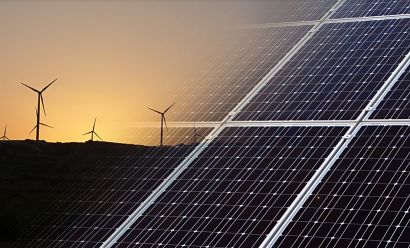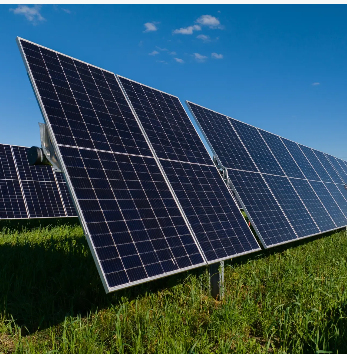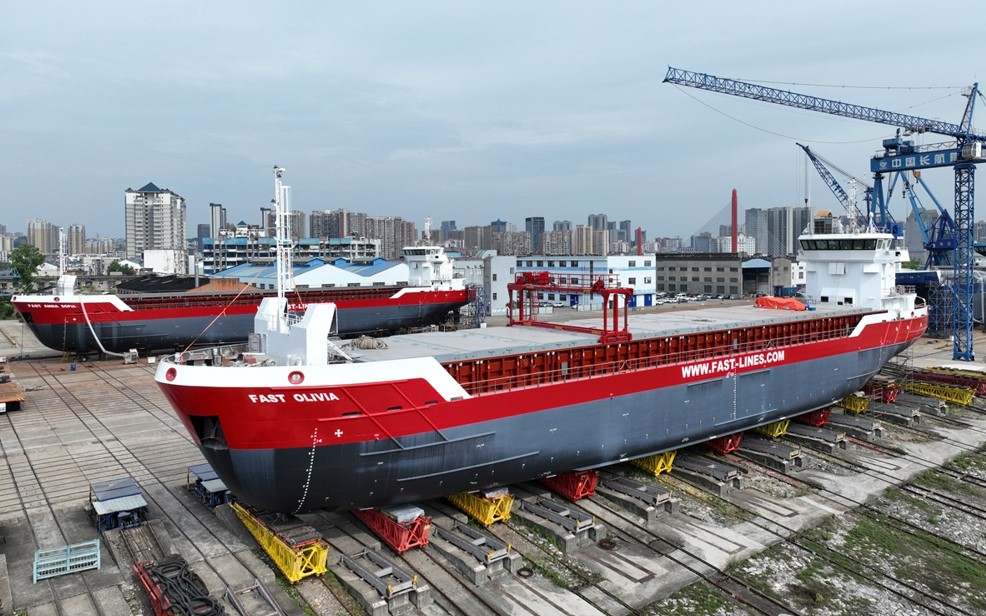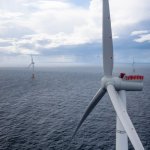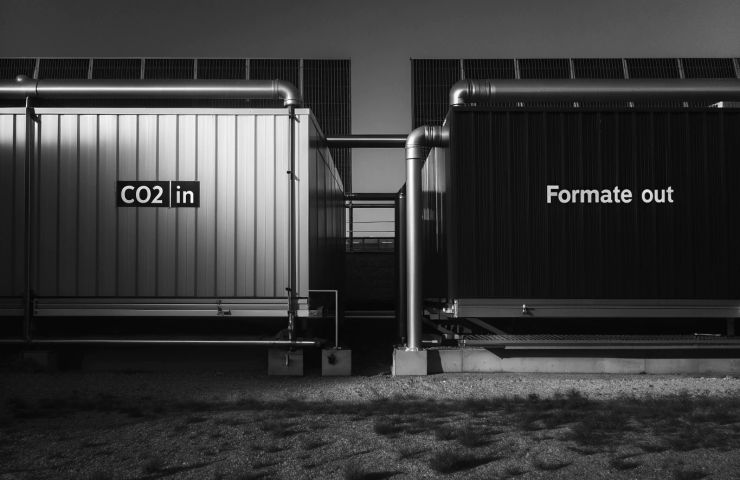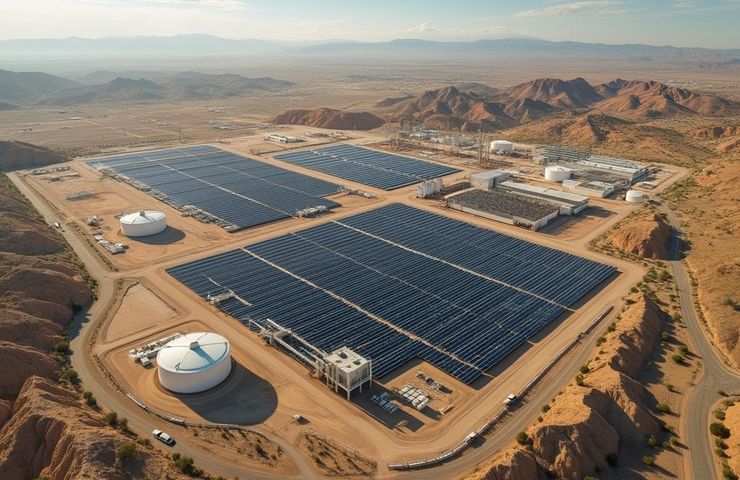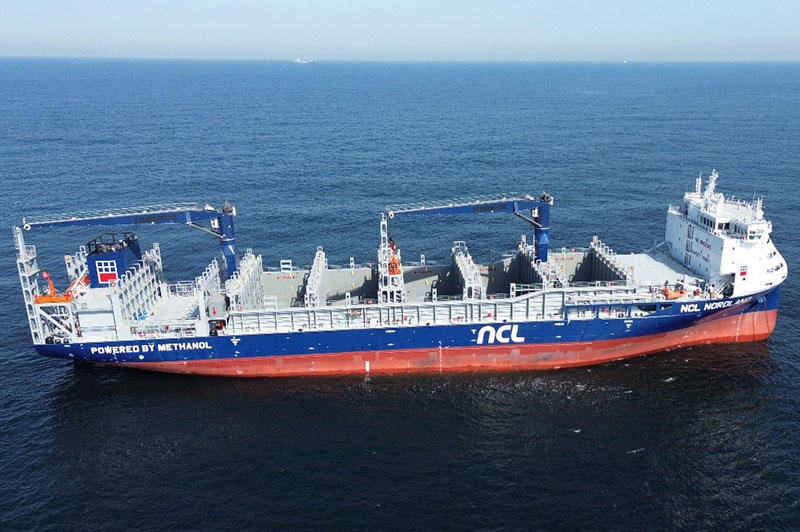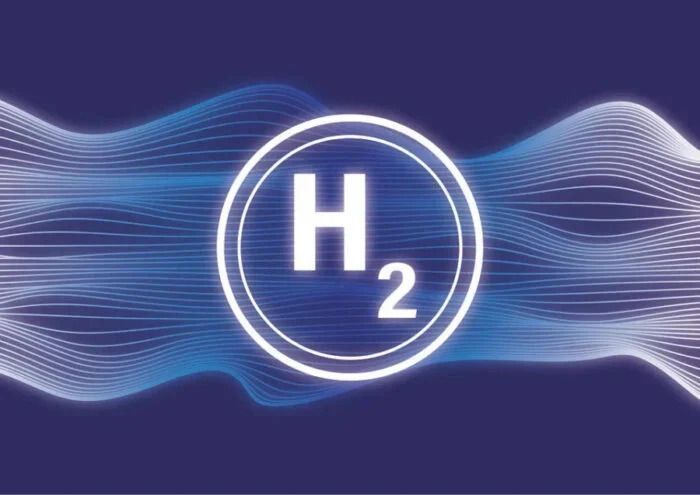Brazil solar imports slow as new China trade routes open
Brazil’s solar imports fell 33% to $722 million in the first four months of 2025 amid project delays and oversupply, as new trade routes began cutting costs and freight times to the country’s North and Northeast regions.

Brazil’s solar imports fell 33% to $722 million in the first four months of 2025 amid project delays and oversupply, as new trade routes began cutting costs and freight times to the country’s North and Northeast regions.
From pv magazine Brazil
Imports of photovoltaic modules, cells and systems declined in early 2025, according to new data from Brazil’s Ministry of Development, Industry and Commerce. Brazil imported $722.2 million free on board (FOB) of these products from January to April, down from $1.08 billion a year earlier.
The downturn comes amid several headwinds: a higher import tax, a basic interest rate of 14.75%, and the government’s decision not to reimburse PV system owners for curtailment losses. These factors have pushed major international developers out of the Brazilian market, according to Absolar official Daniel Pansarella.
The Brazilian government raised the import tax from 9.6% to 25% in late 2024, driving up project capex by more than 8%, according to consultancy Greener. The administration also canceled import quotas that would have gradually lowered tax exposure until June 2027.
Government officials said the tax hike and the end of exemptions aimed to level the playing field between domestic and imported products. They cited potential job creation and investment in Brazil’s solar manufacturing sector, which they said must support a projected annual demand of 17.8 GW. Domestic manufacturing capacity, however, remains at roughly 1 GW per year.
From January through April, imports of unassembled cells – key inputs for local module production – fell in value from $1.81 billion to $1.67 billion year over year. However, volumes rose 46.7%, from 9 million to 13.2 million units.
Imports of complete PV systems, which typically include multiple components beyond modules, also rose in both value and volume.
In 2024, Brazil imported $2.62 billion FOB of PV modules, cells and systems. Of that, assembled modules accounted for 99.7% of the value ($2.61 billion), unassembled cells for 0.22% ($5.72 million), and PV generators for 0.8% ($2.27 million).
Total value fell from $3.8 billion in 2023, but the volume of imported units rose to 476 million in 2024 from 198 million the year before. Greener estimated that Brazil imported about 22 GW of capacity in 2024, up from 17.5 GW in 2023.
Diversified trade
In 2024, 46% of imports by value entered through the Port of Santos in São Paulo ($1.21 billion), followed by São Francisco do Sul in Santa Catarina ($270 million) and Paranaguá in Paraná ($262 million). But through April 2025, the share of these ports fell to 40.1%, 3.2% and 9.7%, respectively. At Salvador Customs, the share of total imports rose from 8.6% in 2024 to 12.3% in early 2025.
By unit count, Santos handled 45% of imports in 2024 but just 10.9% in early 2025. Suape took the lead, increasing its share from 18% in 2024 to 29% through April.
Thiago Rios, CEO of MTR Solar, said that most equipment still arrives through ports in Brazil's Southeast region and must be shipped long distances inland, raising costs and logistics risks. He noted that new trade routes could decentralize operations and ease bottlenecks.
New routes between China and Brazil could accelerate this shift. In April, a direct shipping line began service from Gaolan Port in Zhuhai, China, to the Brazilian ports of Santana (Amapá) and Salvador (Bahia). The route avoids intermediate stops and follows a path via the Strait of Malacca and the Cape of Good Hope.
Pansarella said the new connection cuts up to 15 days off transit time and could reduce logistics costs by more than 30%. Brazil's Ministry of Ports and Airports said the route shortens delivery time to 30 to 35 days. The Port of Pecém, in Ceará, is also expected to benefit, reducing freight time from China to about 30 days.
Rios said faster, more frequent shipping could reshape the supply chain, especially as China remains the top source for modules and inverters. Logistics hubs near new entry ports could amplify the gains.
To reach more regions, domestic cabotage, or short-distance coastal shipping, must expand, Pansarella added, since new international routes won’t serve every port.
In distributed generation, Rios and Pansarella agreed that logistics improvements will only yield benefits after distributors work through current overstock, which may take up to six months. But predictable delivery schedules could allow firms to maintain leaner inventories, reducing the need for large safety stocks.
Rail plans
In addition to supporting imports of industrial and tech inputs from Asia, the new maritime corridor also serves Brazil’s key agricultural and mining hubs, making Santana and Salvador strategic export ports.
Brazil is also studying a new trade route with China via the Pacific. The proposed Brazil-Peru Bioceanic Corridor would connect Porto Sul in Ilhéus (Bahia) to the Peruvian port of Chancay near Lima. The project would rely on a transcontinental railway running east to west through Bahia, Goiás, Mato Grosso, Rondônia and Acre.
Brazil’s transport ministry said China is expected to produce a new feasibility study. The goal is to create a strategic transoceanic freight route to expand trade between South America and Asia.
Leonardo Ribeiro, national secretary for rail transport, said Brazil exports $350 billion per year, with about one-third going to China. Of that, 60% is iron ore and soybeans, which require rail transport for cost and environmental efficiency.
The proposed multimodal corridor could shorten delivery times and provide an alternative to congested or poorly maintained routes. Pansarella said rail transport could also lower logistics costs for heavy solar plant components such as trackers and cables, and potentially even for modules.
While the new trade routes won’t solve Brazil’s short-term PV market challenges, they could cut costs and delivery times in the long run. Expanded exports could also support domestic electricity demand, which remains a key constraint on solar growth.
What's Your Reaction?

















